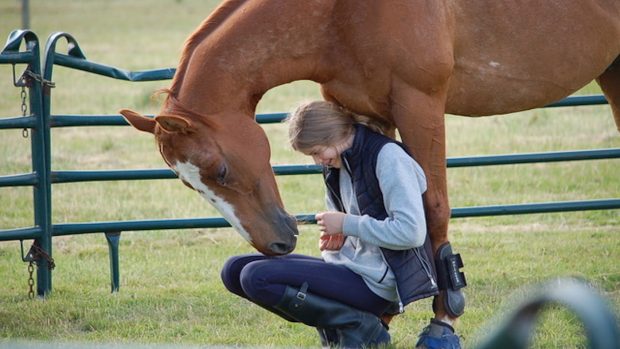ENDURANCE riders competing in the European Championships in Portugal last month were spotted sporting green straps round their horses’ necks. H&H finds out what they were for.
ACCORDING to Endurance Great Britain chairman John Yeoman, whose wife Christine was a member of the fifth-placed British team at this competition, these straps contain GPS navigational system chips so riders can be tracked throughout the course.
“The device is spectator-friendly and feeds all the information straight to the vetgate,” says John.
“It gives a constant reading so spectators and teams can see exactly where the riders are on the map, with running orders being continually updated.”
It also ensures horses’ welfare as organisers can see how competitors are faring en route.
When was it first tested?
The equipment was first trialled on 10 riders competing in Alfred’s Tower Endurance Ride last year, but this is the first time GPS has been used in a major endurance championship under the initiative of the Portuguese Equestrian Federation.
“It’s really good technology,” says John.
“There are sensors all around the vetgate so it records the time as soon as each rider crosses the finish line and enters the vetgate, presents to the vet, and goes back to the vet. All the teams have immediate access to the information.”
What are the benefits?
GPS systems may soon incorporate heart-rate monitors, believes John, so vets can monitor the health of the horse on the course.
This could possibly be used in conjunction with a yellow and red flag warning system similar to that used at the European Eventing Championships at Pratoni.
Other recent endurance safety experiments have included thermal imaging cameras which identify “hot spots” on the horse and, if it can be determined whether these are related to
vetgate failures, they could be another exciting development in endurance.
This Q&A was first published in Horse & Hound (4 October, ’07)


